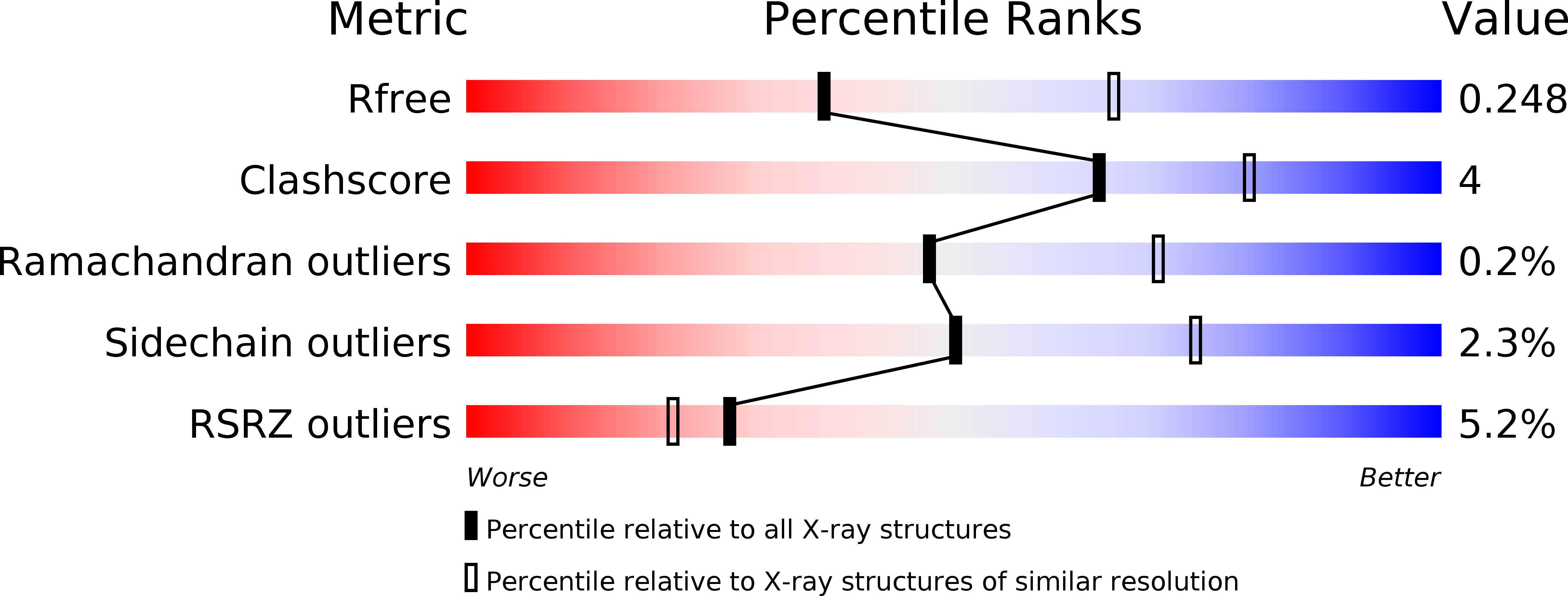
Deposition Date
2009-11-16
Release Date
2010-04-14
Last Version Date
2024-11-13
Method Details:
Experimental Method:
Resolution:
2.59 Å
R-Value Free:
0.24
R-Value Work:
0.19
R-Value Observed:
0.20
Space Group:
C 1 2 1


